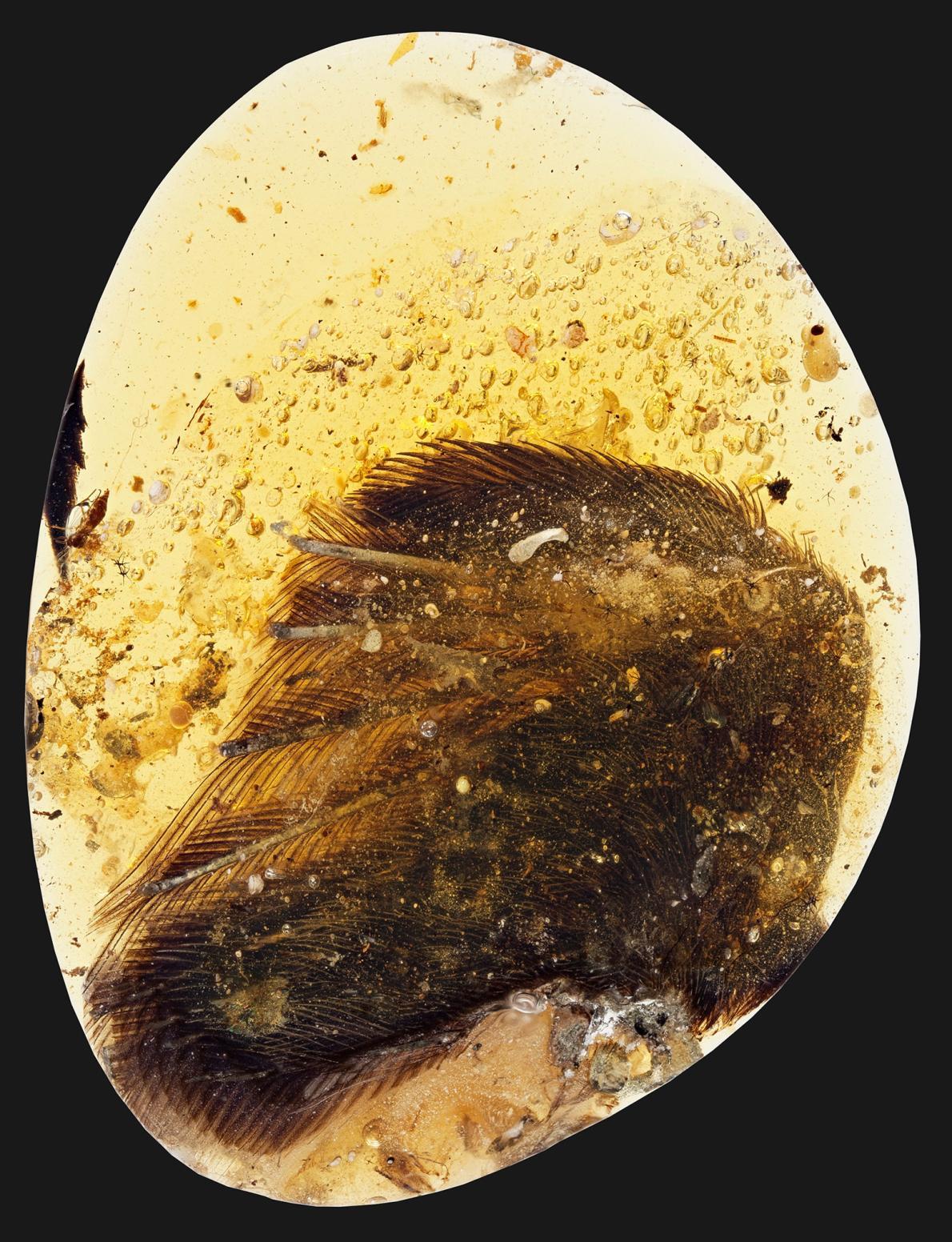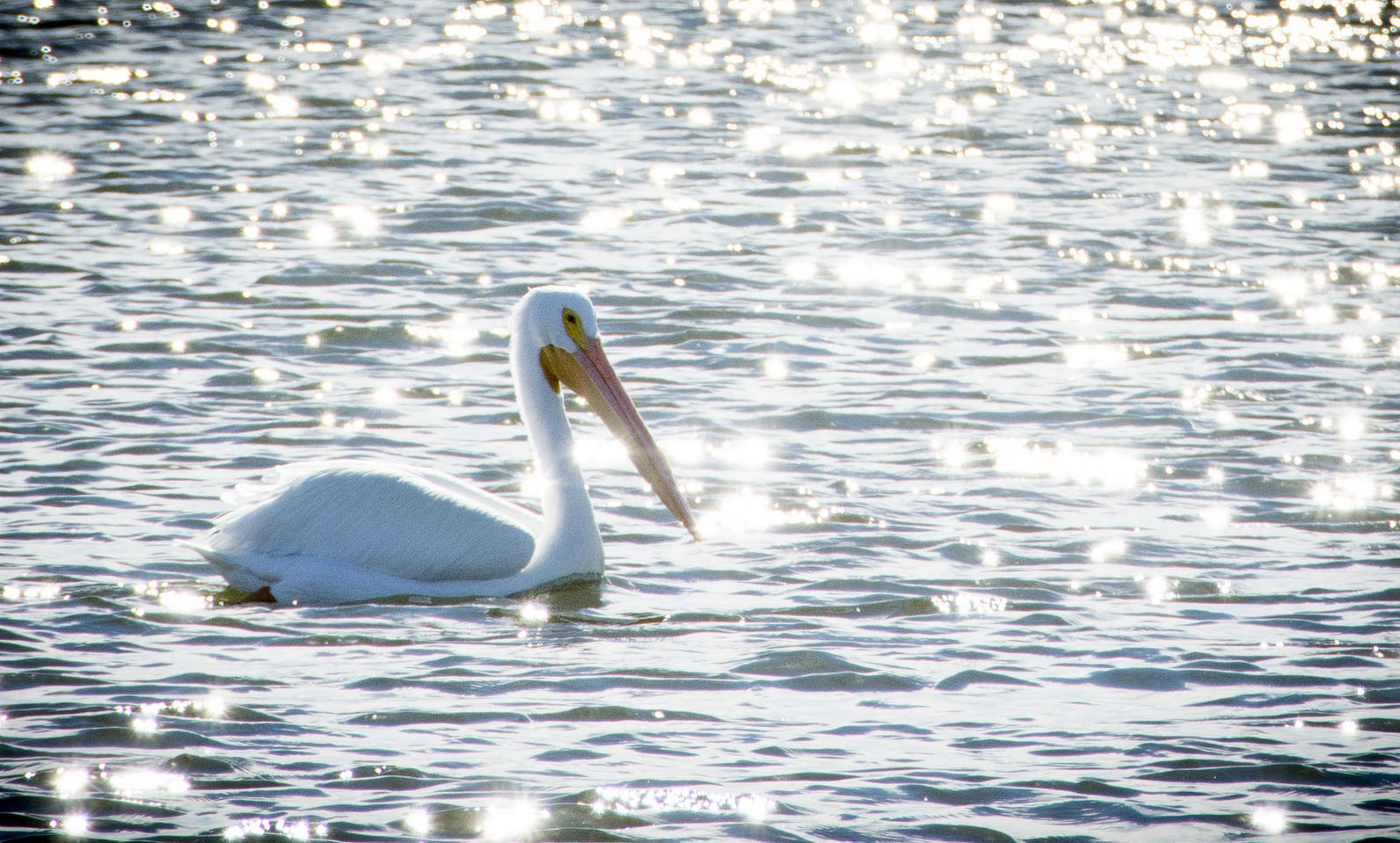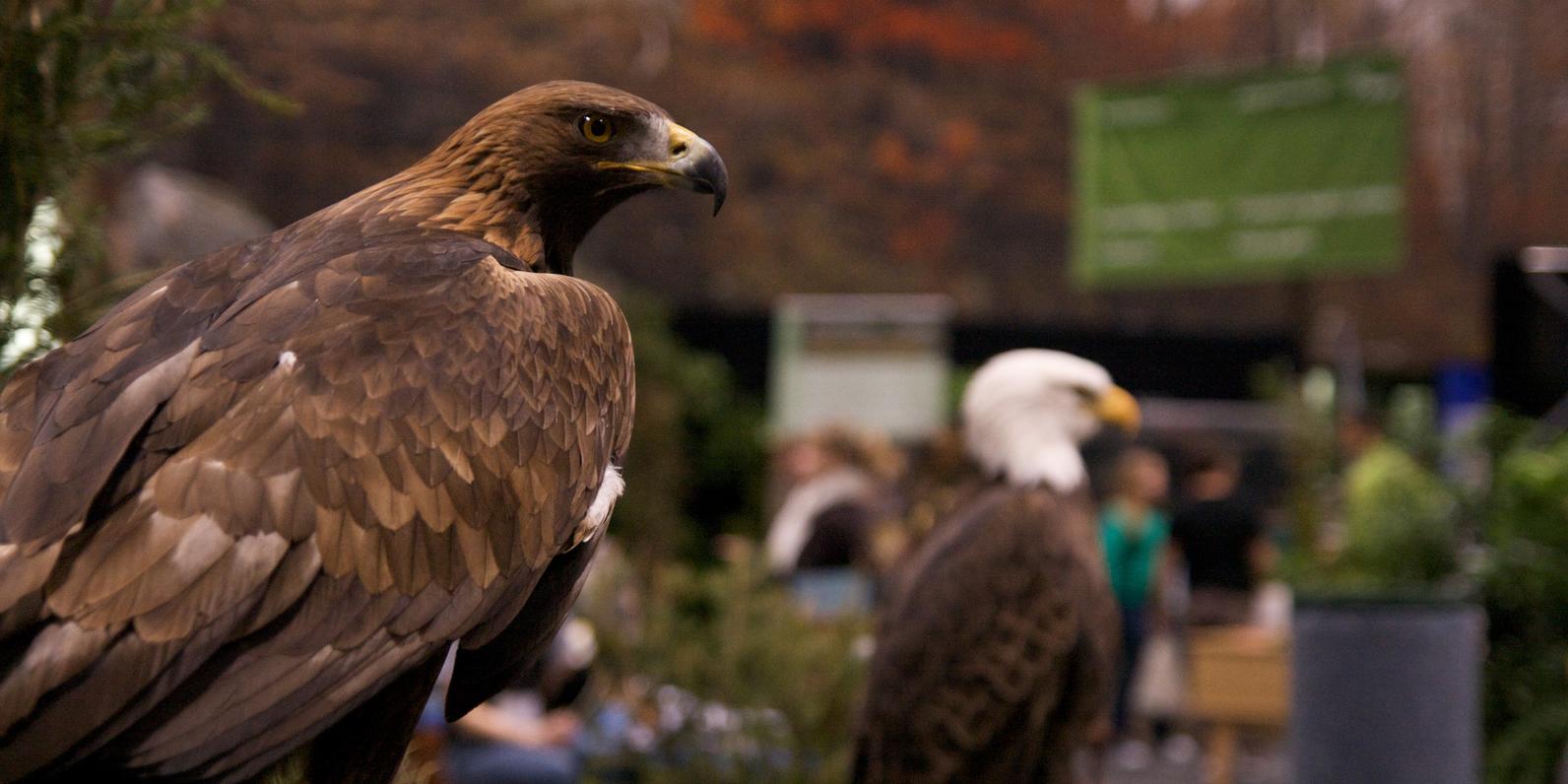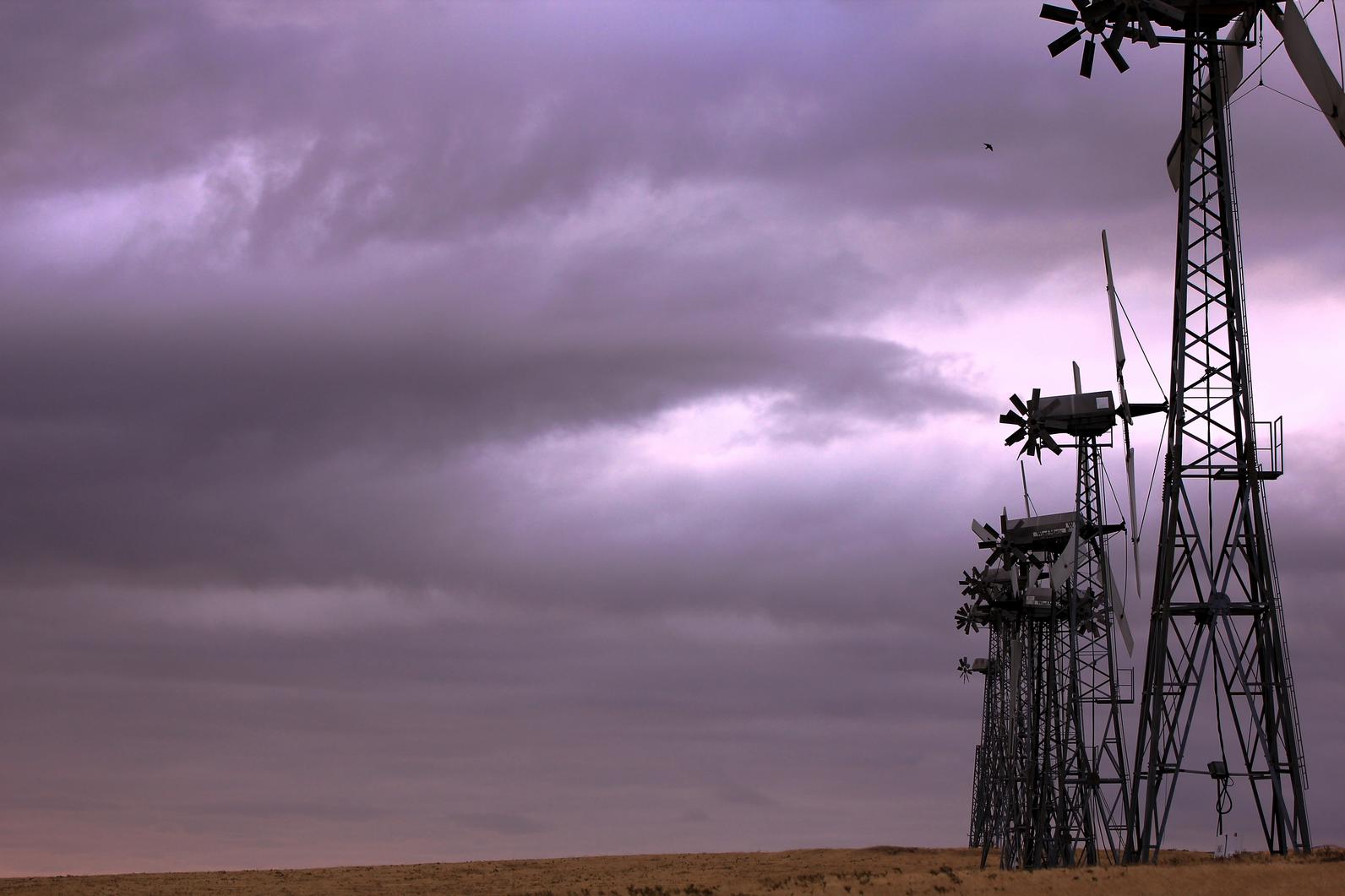Latest News and Updates from Audubon in California
California Condor. Photo: Scott Frier/USFWS

Fascinating news about the wings of a prehistoric bird found encased in amber. The wings are estimated to be about 99 million years old. One researcher called the discovery "mind-blowingly cool."

An independent California oversight agency last week called on California Gov. Jerry Brown to declare a state of emergency to resolve the environmental disaster unfolding at the Salton Sea. In a strongly-worded letter, the state’s Little Hoover Commission shared the results of recent hearings, arguing that the Salton Sea should be given as high a priority as high speed rail, the twin tunnels, reduced carbon emissions, and increased renewable energy.
The Commission is responding to the upcoming implementation of water diversions from the Salton Sea that will eventually result in 40 percent less water filling the state’s largest inland lake. This will have a devastating impact on bird habitat and expose huge swaths of lakebed, potentially creating dust that will present a serious public health threat to the 650,000 Imperial County residents nearby.
Audubon California is particularly concerned about the situation at the Salton Sea because of the regions particularly high value to birds. More than 400 species use the Salton Sea, many of which are threatened or endangered species.
“Unlike a wildfire burning out of control or an oil spill blackening beaches, the Salton Sea disaster is slowly unfolding, and has been all but ignored until recently,” the letter reads. “When other disasters destroy California lives and livelihoods, Governors declare a state of emergency. The looming Salton Sea disaster warrants the same level of urgency.”
The commission offered four specific recommendations to get the state’s response to this crisis moving.
San Francisco-based artist David Tomb created a multi-media exhibition showcasing the birds and wildlife of Northern California for the Palo Alto Art Center. Viewers get a small taste of the marshland through the meticulously sketched waterbirds and the sloping hills of corrugated cardboard that stand in for small sand dunes. Sounds of birdcalls play on loop in the background and the air conditioning takes the place of a sea breeze, gently blowing the construction paper grass.
The project is part of their Creative Ecology residency at Palo Alto Art Center, which works to connect science and art with local nature. Tomb, a birder himself, was posted at the Palo Alto Baylands Nature Preserve and led art and science activities for the public such as spotting and sketching local birds.
The exhibition, titled King Tides and Elusive Rails, is in its final week, ending on July 3.
The comment period for a proposed rule to extend eagle “take” permits from five to thirty years expires on July 5. The change, suggested by the United States Fish and Wildlife Service, would mean that parties that incidentally harm birds in their regular operations such as wind energy companies could legally kill eagles with little repercussion or monitoring for the extended period of time. To fight back against this change, Audubon is asking members to publicly comment in opposition to the extended-period kill permits.
The change was originally proposed in late 2013, but was brought to a halt last year when the U.S. District Court for the Northern District of California ruled in Shearwater v. Ashe that the permit term could not be extended to thirty years without an environmental impact statement. Now that the environmental assessment is complete, the Fish and Wildlife Service hopes to move forward with the looser permit scheme. Unfortunately, however, the assessment revealed that the alteration could threaten eagle species such as bald eagles and golden eagles.

“The Bald Eagle—the very symbol of America—and the majestic Golden Eagle deserve strong protection,” said David Yarnold, president and CEO of the National Audubon Society. “A program that provides 30-year permits without proven mitigation measures available and without adequate oversight is just not good enough.”
Of the estimated 143,000 bald eagles in the United States, the permit extension would allow for 4,200 bald eagles to be killed or injured annually before labelling the species as endangered. The golden eagle, which lives mainly in the Western U.S. and is held as sacred by many Native American and Five Nations people, would be particularly threatened. Golden eagle numbers—at just 40,000 left in the United States—are already decreasing in California and the other Western states, in part due to wind turbines in California’s Altamont Pass.

The Fish and Wildlife Service argues that because evaluations would still occur every five years, further regulations could be put in place to protect eagles as necessary. However, Audubon California believes that the Service lacks the resources necessary for such a strategy to be effective. Also troublesomely, the counting of eagles killed falls upon the wind companies and not an independent party.
Our newsletter is fun way to get our latest stories and important conservation updates from across the state.
Help secure the future for birds at risk from climate change, habitat loss and other threats. Your support will power our science, education, advocacy and on-the-ground conservation efforts.
Join the thousands of Californians that support the proposed Chuckwalla National Monument.